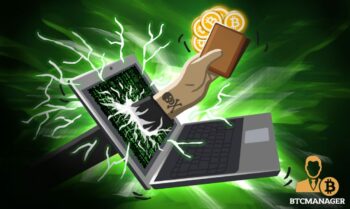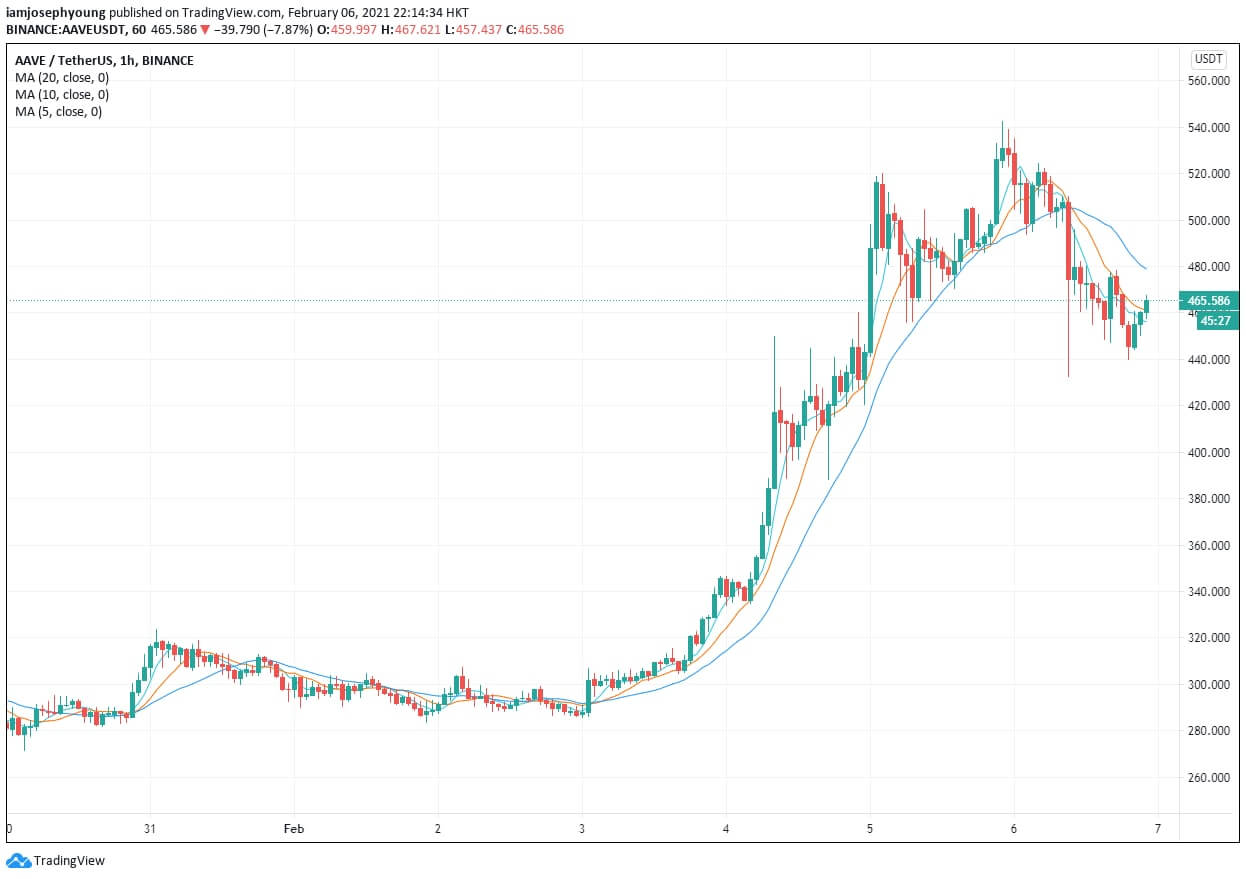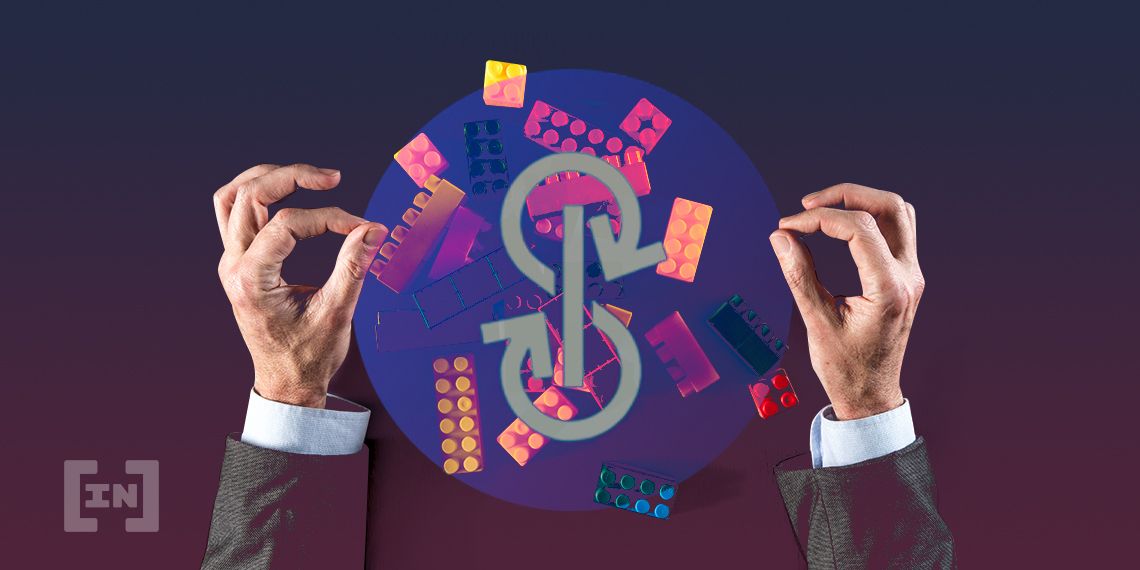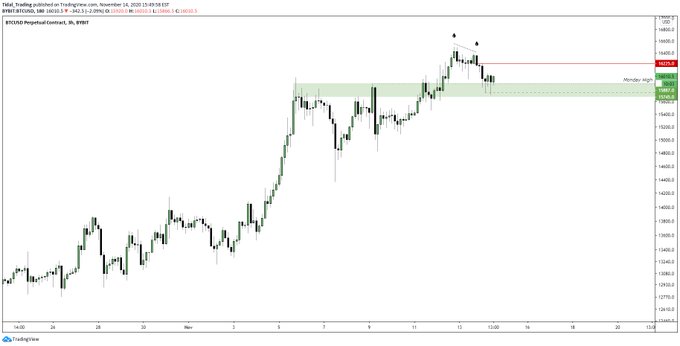2021-2-10 18:00 |
The St. Louis Federal Reserve published an article on the risks and opportunities in DeFi. If the technology can overcome three key hurdles, it has the potential to overhaul the entire financial sector.
They include DeFi’s operational security, smart contract execution risk, and interprotocol dependency.
The Risks in DeFi Smart Contract Execution RiskNearly $100 million was lost to DeFi hacks and exploits last year alone, with DeFi hacks accounting for 50% of all crypto-related attacks, and the sector is still under threat today.
Most DeFi hacks have been due to smart contract coding errors and oversights. Hackers commonly use a series of flash loans to build up a large amount of collateral and then target exploits in several ways, such as manipulating the exchange rate of a protocol’s liquidity pool.
Operational SecurityThe St. Louis Fed outlined a team’s operational security as an issue, highlighting the potential for human error.
The staff could be bribed, coerced, or tricked into letting bad actors get their hands on the project’s admin keys, compromising the smart contracts.
The St. Louis Fed clarified that governance voting systems and multi-sig key access are solutions but stated that in many cases, “the majority of governance tokens are held by a small group of people.”
“Even when a launch is perceived as being relatively ‘fair,’ the actual distribution often remains highly concentrated,” said the report. The access that admin keys grant their holders reveals that most DeFi projects are not yet truly decentralized.
Dependencies on Other ProtocolsThe formation of a DeFi ecosystem is cited as both a risk and a reward. “Some of the most promising features of the DeFi ecosystem are its openness and composability,” the report stated.
Of course, because many blockchains and projects interact with each other in complex ways, a failure in one project’s coding can have a ripple effect on many others.
The St. Louis Fed also cited sudden changes in ETH or DAI’s price as problematic, mainly when users exchange cryptocurrencies for collateralized tokens such as Wrapped Bitcoin.
The report added that “These ‘token on top of a token on top of a token’ scenarios, which create wrapper tokens, can entangle projects.”
Other risks included illicit activity, scalability, and the use of experimental oracles.
DeFi Could Transform Finance for the BetterHaving outlined the risks, the St. Louis Fed concluded that “DeFi offers exciting opportunities and has the potential to create a truly open, transparent, and immutable financial infrastructure.”
The bank added that not only are DeFi developers creating “trustless versions of traditional financial instruments,” they are also building “entirely new financial instruments that could not be realized without the underlying public blockchain.”
The report cited atomic swaps, autonomous liquidity pools, decentralized stablecoins, and flash loans as “just a few of many examples that show the great potential of this ecosystem.”
The report ended by saying that if developers can overcome the risks and issues outlined throughout the article, “DeFi may lead to a paradigm shift in the financial industry and potentially contribute toward a more robust, open, and transparent financial infrastructure.”
The tacit endorsement of DeFi from a U.S. Reserve Bank could be perceived as a major step forward in the mainstream acceptance and adoption of decentralized finance.
Disclosure: At the time of writing, the author held Bitcoin.
origin »Cash & Back Coin (CNBC) на Currencies.ru
|
|

















